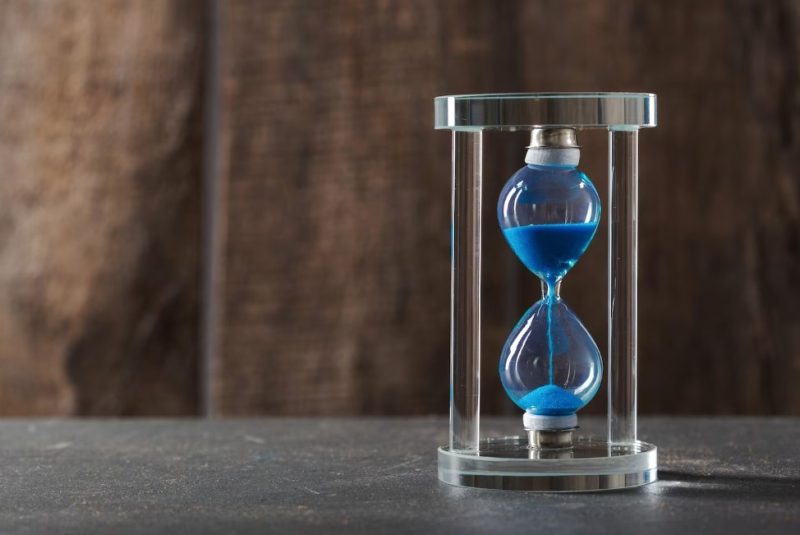
In today’s fast-paced digital marketplace, capturing the attention of consumers is more challenging than ever. But what if you could not only grab their attention but also create a sense of urgency that compels them to act? Scarcity marketing is a tried and true tactic that taps into the human psychology of wanting what’s limited. One of the most effective tools in this strategy is the countdown widget. By adding a real-time countdown to limited-time offers, you can ignite that innate fear of missing out (FOMO) and significantly boost demand.
In this comprehensive guide, we will delve into the psychology behind scarcity marketing and explore how to seamlessly implement countdown widgets in your campaigns. So if you’re looking to add some sizzle to your sales efforts, read on to discover how harnessing scarcity with countdown widgets can elevate your business.
The Psychology of Scarcity: Why Countdown Widgets Work
The principle of scarcity has been well-studied in psychology and behavioral economics. Simply put, humans are wired to place greater value on things that are limited in availability. The less there is of some things, the more we want it. This psychological trigger is what makes scarcity marketing so potent and effective. Implementing this in the digital sphere, particularly through countdown widget for websites, can significantly boost engagement and conversions.
The Fear of Missing Out (FOMO) and Its Impact on Consumer Behavior
FOMO is a driving force behind the effectiveness of scarcity marketing. The social anxiety that arises from the fear of missing an opportunity can influence purchasing decisions, often leading consumers to take action more quickly than they otherwise might. According to a study by TrustPulse, FOMO influences purchasing decisions for nearly 60% of social media users. When a countdown widget is used to indicate limited availability or a narrowing time window, it magnifies the FOMO effect. Shoppers are not only aware that the clock is ticking, but they also see the real-time countdown, making the offer more tangible and the need to act more urgent.
Implementing a countdown widget taps into these psychological triggers, providing a powerful catalyst for consumer action. By creating an atmosphere of urgency and scarcity, you’re not merely advertising a product or service; you’re offering an experience and a sense of urgency that many consumers find irresistible. And as the statistics show, it’s a science-backed approach to boosting demand and driving sales.
Implementing Countdown Widgets in Your Marketing Strategy
The concept of scarcity and urgency in marketing is nothing new, but the ways to execute it have evolved with technology. A countdown widget for websites is a modern twist that brings the scarcity principle to life in the digital landscape. However, merely slapping a countdown timer on your site won’t guarantee success; it needs to be an integral part of a well-planned marketing strategy.
According to a report by Econsultancy, incorporating urgency into a sales page can yield up to a 9% increase in conversion rates. This makes it crucial for businesses to get their countdown widget strategy right.
Steps to Seamlessly Integrate Countdown Widgets into Your Campaigns

- Identify the Offer: The first step is to pinpoint which product or service you wish to promote with scarcity. Make sure the offer is compelling enough on its own; the countdown widget will amplify its appeal but can’t make a mediocre deal attractive.
- Choose the Right Timing: Determine the length of the offer period. It should be short enough to create urgency but long enough to allow the maximum number of people to take advantage.
- Design and Placement: The countdown widget should be visually appealing and strategically placed to capture attention without being intrusive. Popular placements include headers, pop-up windows, or even embedded within the product description.
- Optimize for Mobile: With a growing number of consumers shopping via mobile devices, make sure your countdown widget is optimized for smaller screens.
- A/B Testing: Once your countdown widget is live, don’t forget to perform A/B tests to optimize its impact. Try varying the offer, time frame, and widget placement to find the most effective combination.
- Data Collection and Analysis: It’s essential to gather data on how the countdown widget is affecting user behavior. Track key performance indicators like click-through rates, conversions, and time spent on the landing page to gauge its success.
- Adjust and Iterate: Based on the data collected, make necessary adjustments to your strategy. This could mean tweaking the offer, changing the widget design, or modifying the countdown duration.
By carefully integrating a countdown widget for websites into your overall marketing strategy and constantly fine-tuning its implementation based on data, you can maximize the sense of urgency and scarcity, thereby elevating your sales and conversion rates.
Mastering the Art of Scarcity Through Countdown Widgets
This guide has taken you through the intricacies of why scarcity-based marketing works, highlighting how the psychology of scarcity and FOMO are interconnected and how they can be manipulated in your favor with well-designed countdown widgets. When executed correctly, countdown widgets serve as a potent ingredient in your marketing mix, one that not only increases click-through rates and conversions but also elevates the consumer experience by adding an element of excitement and urgency. The only question remaining is, how soon will you implement them to start boosting your sales? After all, time is of the essence.

Taylor is a freelance SEO copywriter and blogger. His areas of expertise include technology, pop culture, and marketing.













